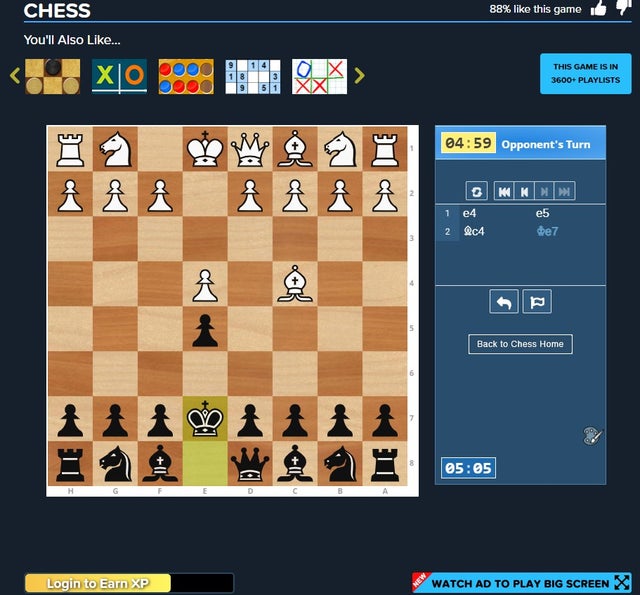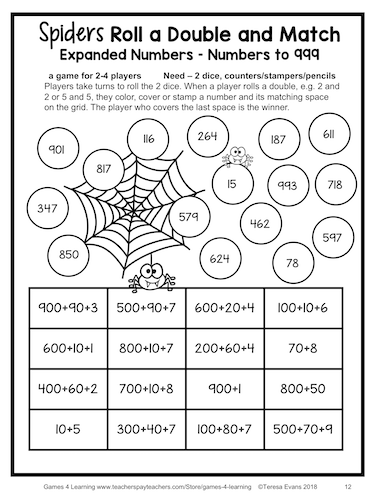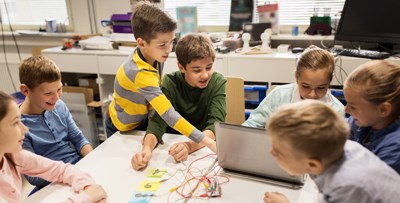
Special education is a type or education that recognizes and addresses the needs of individual students. This includes individual teaching methods, adapted materials, and equipment. It involves creating an accessible environment. It can be described as a system of education where the teacher makes an effort to make each child feel as comfortable as possible. There are many types special education. In this article we'll take a look at the most commonly used types of special education.
Less restrictive environment
Public education is founded on the principle of the Least Restrictive Environment for Special Education. It states that children with disabilities must be educated in the exact same classroom as their peers. What does this really mean? Every child may have a different idea of what the least restrictive environment for special education is.
Individuals with Disabilities Education Act, (IDEA) defines the Least Restrictive Environment for Special Education. LRE must also be considered when developing an Individualized Education Program. This is an important component of the IEP process. To ensure that students receive the correct services, the IEP team needs to carefully consider the LRE.
Individualized education plan (IEP)
An Individualized Education Plan (IEP) describes how a student will learn and what methods teachers and service providers will use to help the student. Some key factors to consider when developing an IEP include assessing a student's skills in all areas related to any known disabilities, considering the impact of the student's disability on his or her learning, developing goals and objectives that correspond to the student's needs, and determining the least restrictive environment for the student.

An IEP should also include the child's current performance in school. This information is based on classroom assessments and individual testing. These tests are often given during reevaluations. Parents and other resources can also be used to get information about the child’s performance. Information about the child's disability should be included in the IEP.
Structured educational setting
Students with special educational needs benefit from intensive support. Structure is provided throughout the day, and students focus on academic tasks and communication. Students also receive support in managing their behavior. Structured education is about helping students reach their grade level by giving them routines and structure.
Students with special learning needs might have multiple needs. They could be suffering from speech and/or language impairments or learning disabilities. They may also have emotional and behavioral disorders or physical disabilities such as muscular dystrophies. Depending on the disability, students may require more or lesser teachers, specialized equipment, or special physical adaptations.
Discrimination
Discrimination in special educational is a complex problem. The IDEA is a useful tool that can help ensure equitable educational opportunities to all students. However it also relies upon widespread assumptions about race and disability. The IDEA places a lot of faith in students who are evaluating them, and this belief is based on the assumption that discrimination will be apparent in such evaluations.
Racial or ethnic differences in how children view themselves can affect the form of their disability identity. Jesse, Michael and Jesse are two examples of unconscious and structural racism that influenced how they were perceived. Additionally, the disability label of a child can be used as a way to expel difficult children or increase their eligibility for resources. This could also lead to other unsavory school practices.

Response to the intervention model
The Response to Intervention model (RTI) is a teaching method that focuses on tailoring instruction to individual needs. Students who don't respond to instruction are sent through an increasing number of intensive interventions. This model was originally used in special education but is widely used in public education.
Response to intervention is a district-wide educational program for students at highest risk of academic disaster. It uses research-based strategies to help students reach their goals and progress in general education. Students are monitored and evaluated throughout the process to assess their progress. The program typically lasts between ten and twelve weeks depending on the student's needs.
FAQ
What is the difference between a college and a university
A university is an academic institution providing higher education. It offers both undergraduate and graduate courses in many fields.
A college is usually smaller and less prestigious than a university. It may offer fewer courses but often has its own specialist departments.
Do you have to go to college in order become an early education teacher?
You can't, but it is worth considering going to college to get a degree in this field.
It is important to remember that it is not easy to become a teacher. Every year, many people are rejected. Many people also leave college after only one semester.
On top of all this, you still have to meet strict qualifications to become a teacher.
What is a vocational school?
Vocational schools provide programs that prepare people for a specific job. They can also offer training in specific skills and general education.
Vocational education plays an important role in our society, as it helps young adults develop the skills needed to succeed in everyday life. It provides students with high-quality learning experiences.
The vocational school offers a wide range of options to its students. These include certificates, diplomas and degrees, as well as apprenticeships and certificates. Vocational schools teach academic and practical subjects, such as math, science, English, social studies, art, music, physical education, computer technology, business, health care, and others.
What are the differences between early childhood education?
There are many ways to describe early childhood education. Here are some of the most commonly used ones:
-
Preschool - Children ages 2 to 5
-
PreKindergarten- Children from 4-6 years of age
-
Head Start/Hestart - Children aged 0-3
-
Day Care/Daycares - Children from 0-5 Years
-
Child Care Centers for Children from 0-18
-
Family Child Care – Children aged 0-12
-
Homeschooling - Children from KG to 16
Statistics
- “Children of homeowners are 116% more likely to graduate from college than children of renters of the same age, race, and income. (habitatbroward.org)
- Think of the rhetorical power of nineteenth-century abolitionist Harriet Beecher Stowe, Martin Luther King, Jr., or Occupy Wall Street activists with their rallying cry of “we are the 99 percent.” (bostonreview.net)
- And, within ten years of graduation, 44.1 percent of 1993 humanities graduates had written to public officials, compared to 30.1 percent of STEM majors. (bostonreview.net)
- In most developed countries, a high proportion of the population (up to 50%) now enters higher education at some time in their lives. (en.wikipedia.org)
- They are more likely to graduate high school (25%) and finish college (116%). (habitatbroward.org)
External Links
How To
What is vocational education?
Vocational education prepares students for the workforce after high school. Students are trained in specific skills to be able to do a particular job such as welding. You can also get on-the job training through apprenticeship programs. Vocational education is different from general education in that it prepares individuals for specific career paths rather than acquiring broad knowledge for future uses. Vocational education does not prepare students for university, but it helps them find work after graduation.
Vocational education can be offered at any level of schooling: primary, secondary, college, university, technical institutes and trade schools. There are also many specialty schools like nursing schools and law schools, legal schools, medical schools and dental schools as well as veterinary medicine, veterinary medicine, firefighting, police academies and military academies. Many of these provide both academic instruction and practical experience.
A number of countries have made significant investments in vocational education over recent decades; for example, Australia, Denmark, Finland, Germany, Ireland, Japan, Luxembourg, New Zealand, Norway, Poland, Sweden, Switzerland, the United Kingdom, and the United States. It is still controversial whether vocational education is effective. Some critics believe it doesn't help students get hired, while others claim that it helps prepare them for life after high school.
According to the U.S. Bureau of Labor Statistics (47% of American adults are currently holding a postsecondary certificate/degree related to their current job), this figure is higher among those with more education. This figure is higher for those with more education. 71% (25-29) of Americans have a bachelor's level or higher and work in fields that require a postsecondary degree.
In 2012, the BLS reported that nearly half of the nation's adult population had at least some form of postsecondary credential. One-third of Americans had a two year associate degree. Only 10% held a four-year bachelors degree. One out of five Americans held a master's degree or doctorate.
For those with a bachelor’s degree, the median annual income was $50,000. This is compared to $23,800 if you don't have one. For advanced degrees, the median annual wage was $81,300.
The median income for those who have not completed high school was just $15,200. A person with a lower high school diploma earned $13,000 annually.